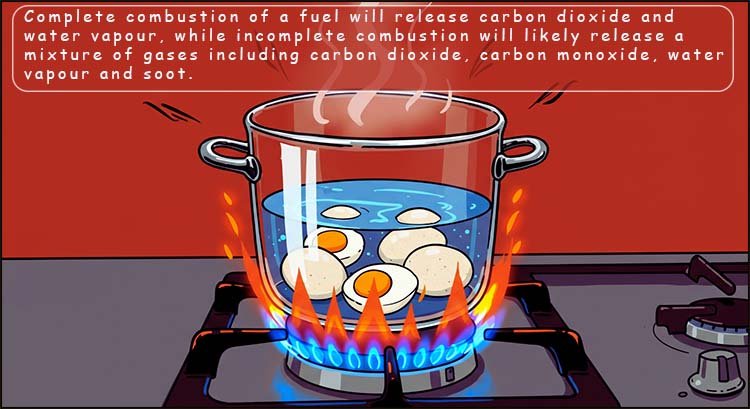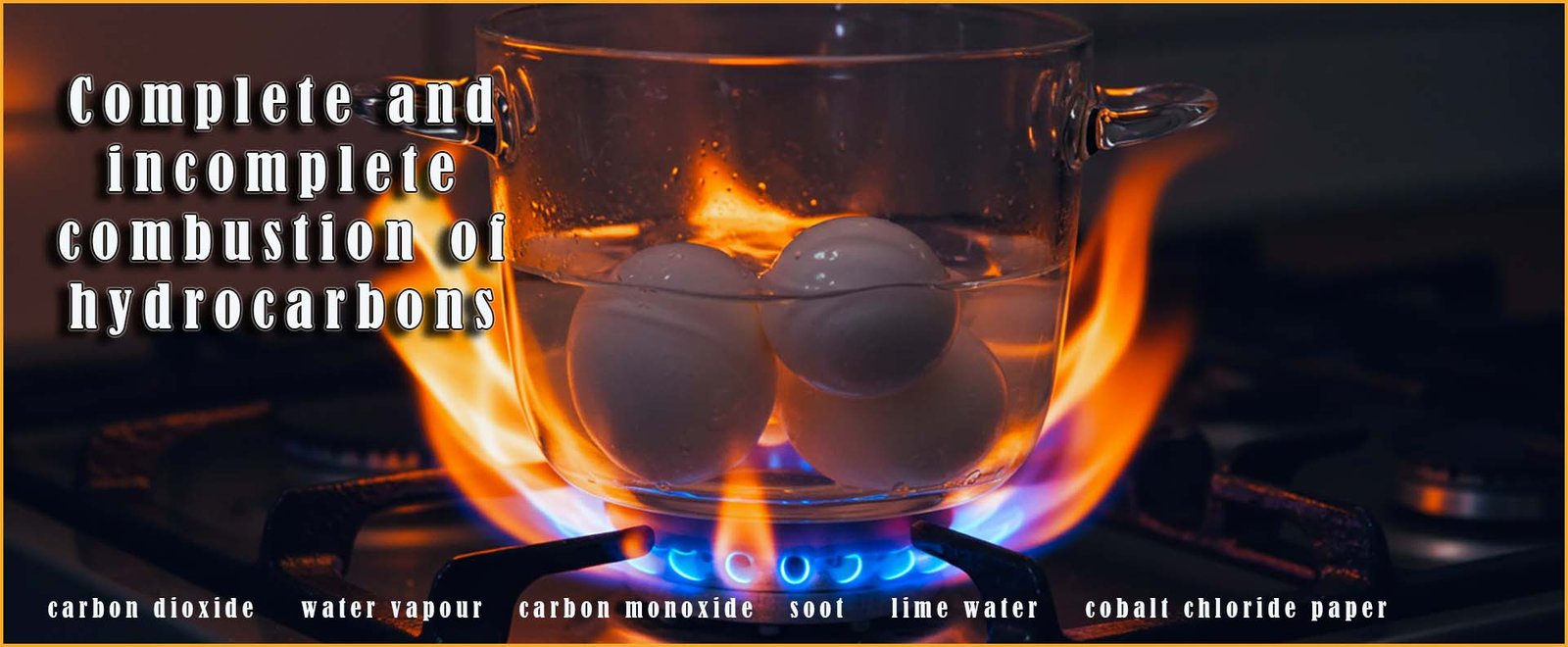

Higher and foundation tiers
Chemically the alkanes are pretty dull and uninteresting, the alkanes are generally very unreactive molecules, the only real use for them is as fuels. They are used to fuel the world! In fact alkane molecules provide the fuel for cars, trains, ships, planes and pretty much any other form of transport that you can think of other than electric vehicles. In this page we will discuss the products produced by the combustion of hydrocarbons such as the alkanes. Before looking at the combustion reactions of the alkanes consider the following two combustion reactions:
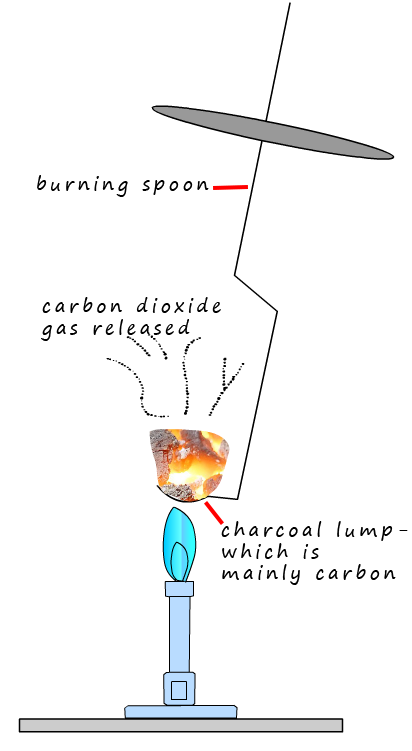
The gas we use at home for cooking and to heating is methane. Methane is also used in the science lab as the fuel for Bunsen burners. If burning the hydrocarbon methane forms carbon dioxide and water vapour then burning any hydrocarbon will also produce the same carbon dioxide and water vapour as the products, for example the hydrocarbon pentane (C5H12) burns or combusts according to the equation below:
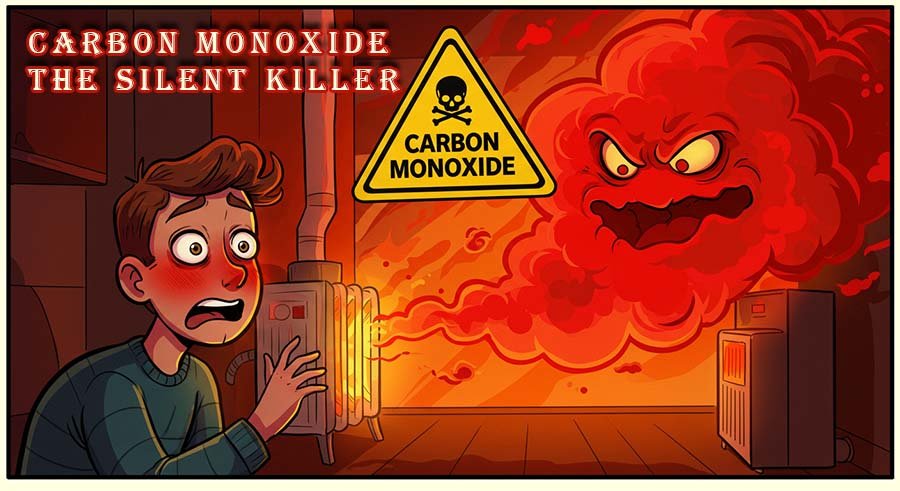 combust completely and it will also produce more water vapour and more carbon dioxide gas.
combust completely and it will also produce more water vapour and more carbon dioxide gas.
Sometimes this can be a problem, for example if you try to burn a fuel inside sealed containers such as engines or a boiler where there maybe be a lack of oxygen. Burning hydrocarbons where there is a plentiful supply of oxygen available results in the production of carbon dioxide gas and water vapour. This is called complete combustion. Burning hydrocarbons where there is a limited supply of oxygen is called incomplete combustion and different products are obtained. These reactions also release less energy than the complete combustion reactions e.g. the two equations below show the products produced by the complete and incomplete combustion of the hydrocarbon molecule pentane.
Methane gas as mentioned is the gas used in Bunsen burners in the science lab. The two common flames used on the Bunsen burner are the safety and the roaring flames. The safety flame is an orange/yellow visible flame produced when the air hole on the Bunsen burner is closed while the roaring flame is produced when the air hole on the Bunsen burner is fully opened. Opening the air hole allows air to be drawn into the Bunsen chimney where it mixes with the methane gas. This means that when the mixture of air and methane are lit at the top of the chimney there is enough oxygen present in the mixture of gases for complete combustion to take place.
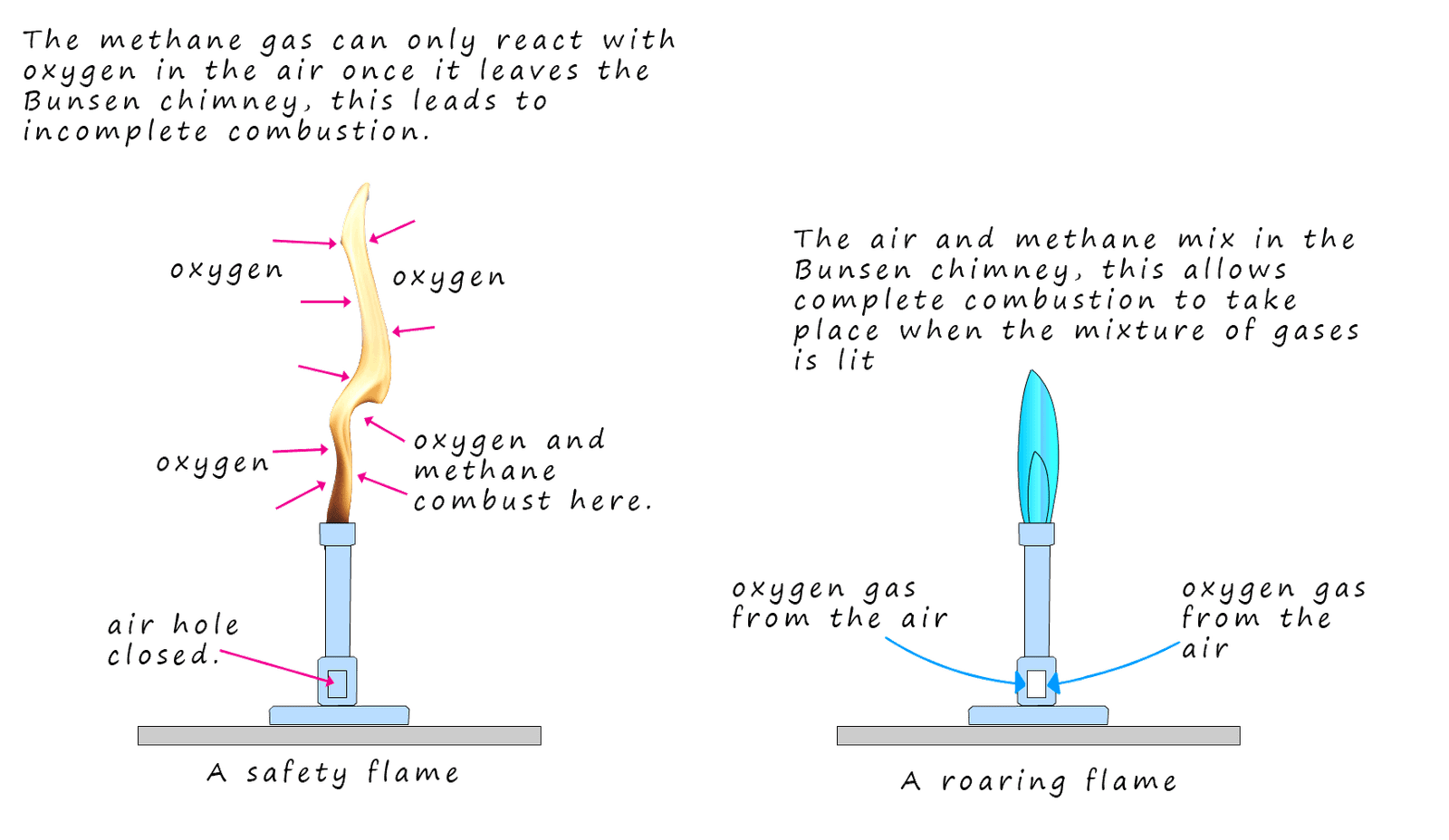
However if the air hole on the Bunsen burner is closed then methane gas can only combust once leaves the chimney and mixes with the air. This leads to incomplete combustion simply because there is not enough oxygen for the methane to react with. The luminous safety flame produced by this incomplete combustion reaction is due to the presence of soot particles in the flame, these soot particles reflect light making the flame visible. This is outlined in the image shown.
The word and symbolic equations for these combustion reactions of methane are given below:
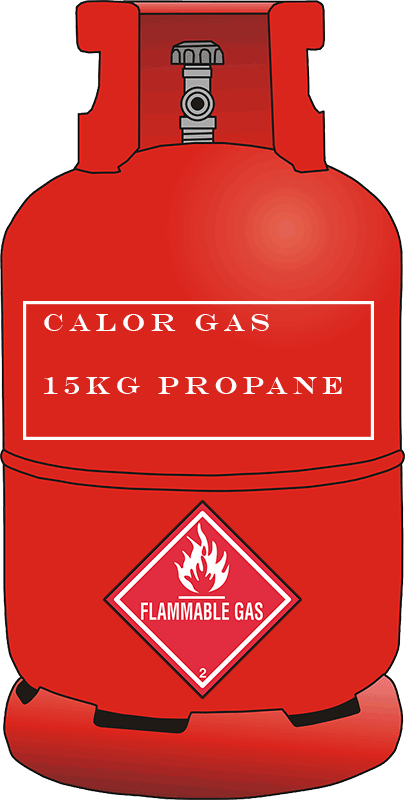 It is a similar story when propane is burned; the complete combustion of a hydrocarbon fuel like propane produces carbon dioxide and water vapour as
the products whereas the incomplete combustion produces the toxic gas carbon monoxide and water vapour.
It is a similar story when propane is burned; the complete combustion of a hydrocarbon fuel like propane produces carbon dioxide and water vapour as
the products whereas the incomplete combustion produces the toxic gas carbon monoxide and water vapour.
Note, in some of the equations above; for example in the incomplete combustion of methane and propane I have used 11/2 and 31/2 moles of oxygen to balance these equations. In some textbooks you may see that instead of having decimals or fractions in equations they simply double the number of moles in the equations. This will remove the decimals or fractions in the equations however the choice is yours as to whether to leave them as I have written the equations or double everything to remove the fractions!
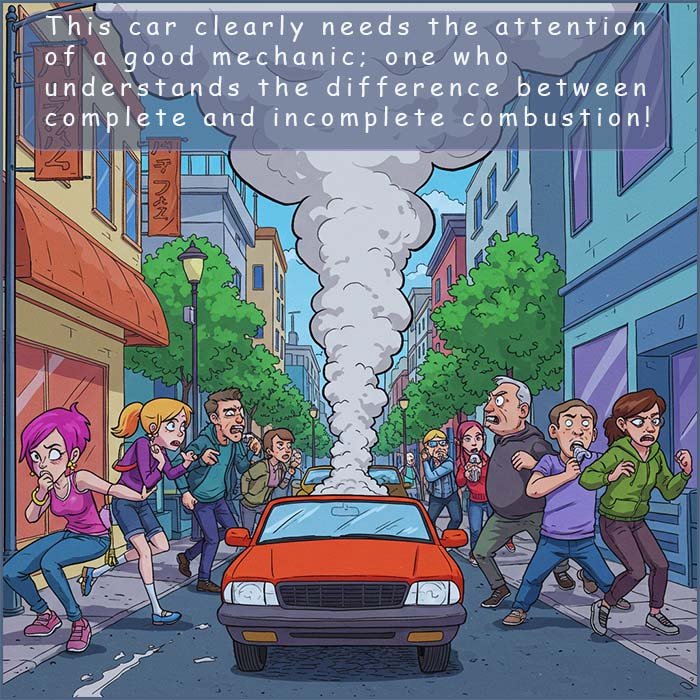 If the hydrocarbons are burned in a very limited supply of air/oxygen it is possible that no carbon monoxide
will be produced; instead solid carbon or soot is produced e.g. The equations below show the equations for the complete and incomplete combustion of propane gas (C3H8) when various amounts of oxygen are available. You can see that when the supply of oxygen gas is very limited then carbon or soot particles are formed.
If the hydrocarbons are burned in a very limited supply of air/oxygen it is possible that no carbon monoxide
will be produced; instead solid carbon or soot is produced e.g. The equations below show the equations for the complete and incomplete combustion of propane gas (C3H8) when various amounts of oxygen are available. You can see that when the supply of oxygen gas is very limited then carbon or soot particles are formed.
As discussed above the products for the complete combustion of a hydrocarbon are carbon dioxide and water. The apparatus below can be set-up to collect the products of combustion of a hydrocarbon and to test them.
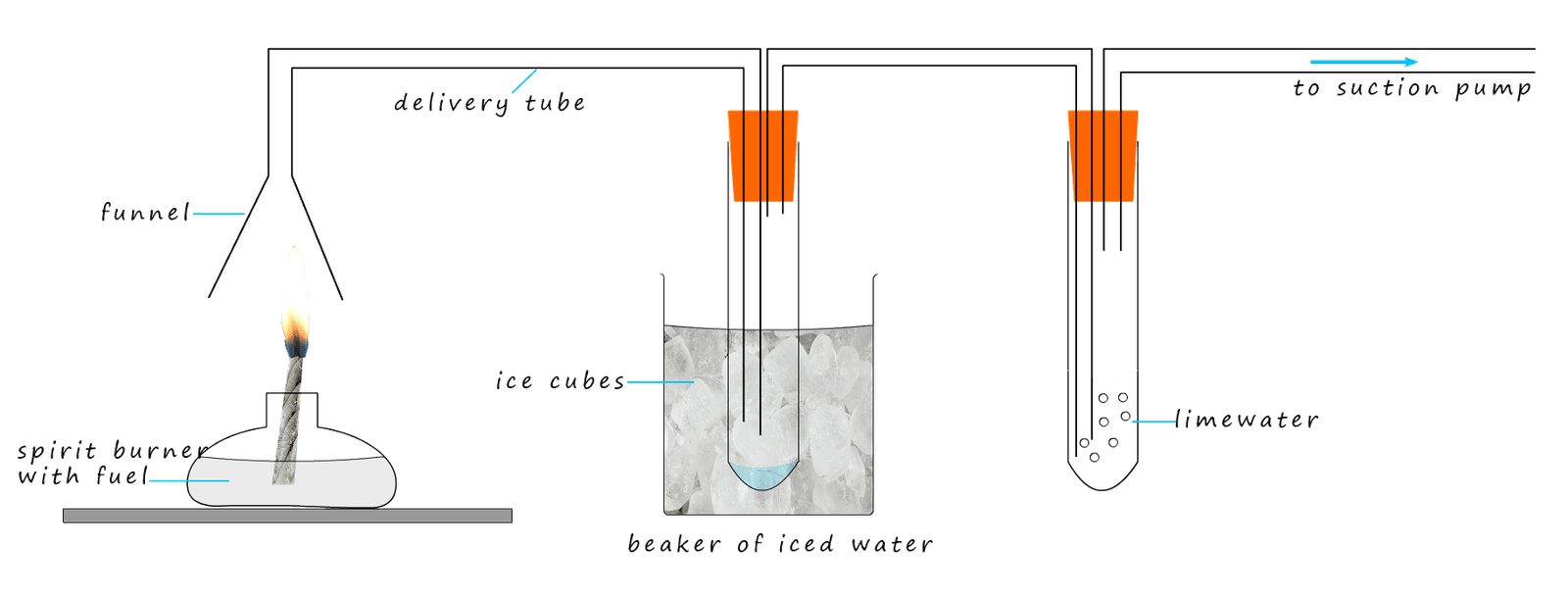
The products of complete combustion of hydrocarbon fuel are carbon dioxide and water vapour; these two gases leave the candle flame and are drawn into the funnel by a suction pump.
Here the vapours enter the first boiling tube. This boiling tube is surrounded by ice chilled
water, this will cause the water vapour from the combustion reaction to condense and collect as liquid water
inside the boiling tube. This can then be tested with blue cobalt chloride paper (test for water-
blue cobalt chloride paper turns pink). Alternatively the boiling tube can be filled with anhydrous copper sulfate. This is a white solid which turns blue when water is added to it.
The carbon dioxide from the combustion reaction will pass through this
first test-tube and enter the second boiling tube. This tube is filled with limewater. The
limewater will turn chalky or milky due to the presence of the carbon dioxide gas.
Match the terms below with their correct definition by simply clicking on the term and then its correct definition. Correct responses will turn the defintions green!
As mentioned above the main use for alkanes is as fuels for transport, heating and industrial uses. Many fuels not only contain alkanes but also the element sulfur. Sulfur is a yellow solid in its elemental form. It forms the acidic non-metal oxide sulfur dioxide when it is burned:

Review your understanding of the main terms and ideas on combustion reactions by completing the two paragraphs below using the words from the drop-down menus. To help you select the correct words to complete the paragraphs all the words in the drop-down menus are shown in the yellow boxes below.
